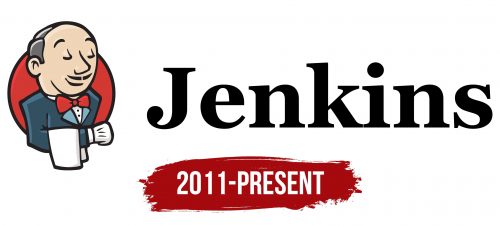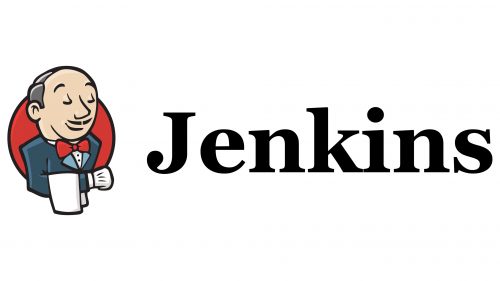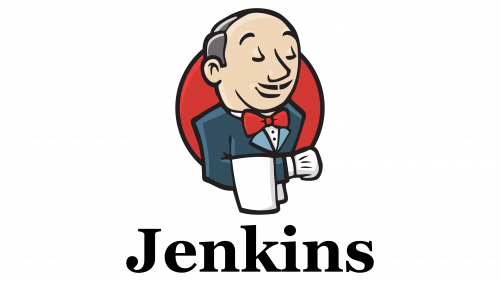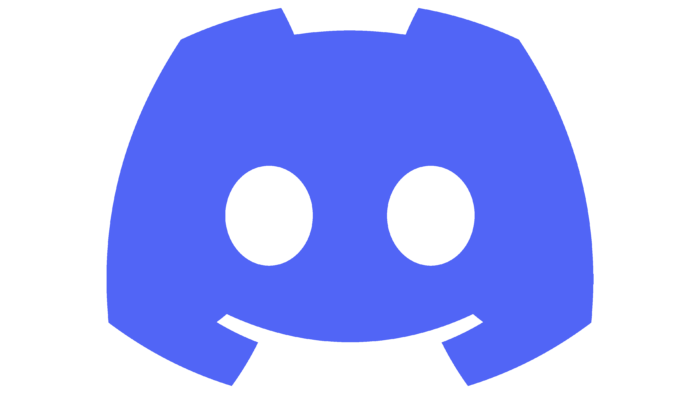Both the name and the logo of Jenkins symbolize the application’s readiness to assist in complex situations and handle any task. The emblem emphasizes the importance of effective collaboration in software development, and its shapes and colors reflect the dynamism inherent in CI and CD processes.
Jenkins: Brand overview
Meaning and History
Kohsuke Kawaguchi initially named the automated server Hudson after the butler Angus Hudson from the old TV series Upstairs, Downstairs. When Oracle Corporation acquired Sun Microsystems and took over the Hudson brand, Kawaguchi had to rename his project. He chose Jenkins – a name also associated with classic British butlers. In a vote, 214 people supported the new name, while 14 opposed it. The application developer also considered another option – Alfred, after the butler Alfred Thaddeus Crane Pennyworth from the Batman comics. However, this could have caused confusion, as Mac already had a program with the same name.
Kawaguchi wanted his automation server to be associated with a helpful domestic worker, ready to execute any command. An example of such a character is the butler Jeeves from P. G. Wodehouse’s works. However, Jenkins in this context is a collective image, not related to real people or fictional characters, although users have tried to draw parallels between the project’s name and the butler from the animated series Scooby-Doo (where there was a Jenkins serving Daphne).
What is Jenkins?
Jenkins emerged in 2011 based on the Hudson project. It was developed by Kohsuke Kawaguchi as a continuous integration tool, enabling constant code testing to avoid errors. Over time, the application also began to be used for continuous delivery, automating the software release process. As Jenkins evolved, it turned into a multitasking program that can be expanded with several hundred plugins.
2011 – today
The emblem of Jenkins features a smiling man with thin mustaches, a large nose, closed eyes, and raised eyebrows. His impeccable suit, red bow tie, neatly parted hairstyle, white gloves, and, most importantly, the forward-extended hand with a towel draped over it identify this character as a prim butler. He stands resolutely and with dignity, showing a desire to please. Essentially, this is the anthropomorphic embodiment of the automation server, capable of executing any task. The exact designer of the logo is unknown, but the owners of Jenkins credit Frontside Software and an Unknown User (cowboyd) for creating the drawing.
To the right is a black wordmark: the inscription “Jenkins,” executed in a bold grotesque. Smooth curves fill the brand name with hidden energy, while straight and sharp angles evoke a sense of confidence.
Font and Colors
The font used in the logo has several analogs, the closest being Bitstream Vera Sans Bold by Bitstream and DejaVu Sans Condensed Bold by DejaVu. They share a similar letter form and a large square dot over the “i.”
While the inscription is only in black, the drawing’s palette is much more diverse. In addition to black, it includes beige (#F7F1DA), various shades of blue (#355564, #4B758B, #80AFBF), red (#D24939), light gray (#D9D8D6), and dark gray (#757172).







